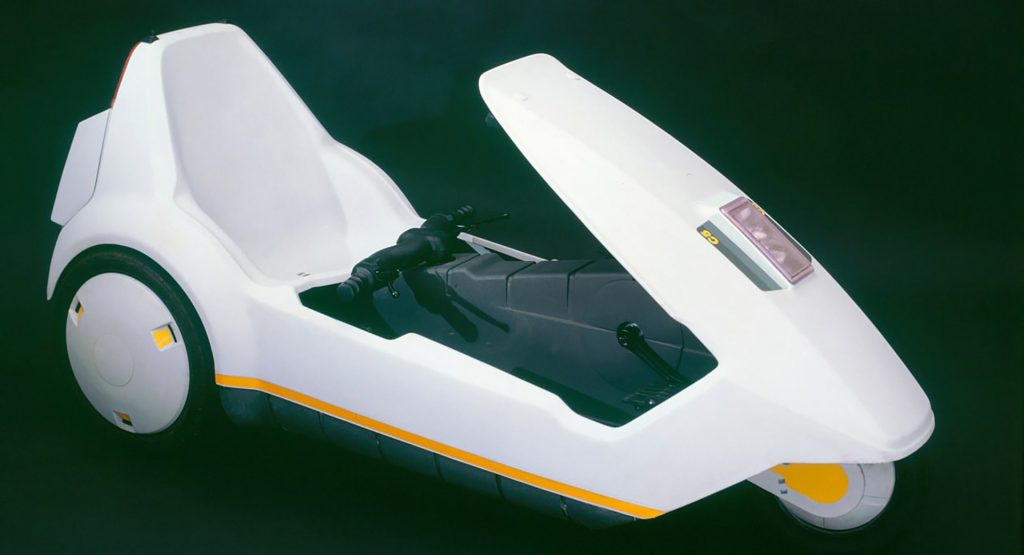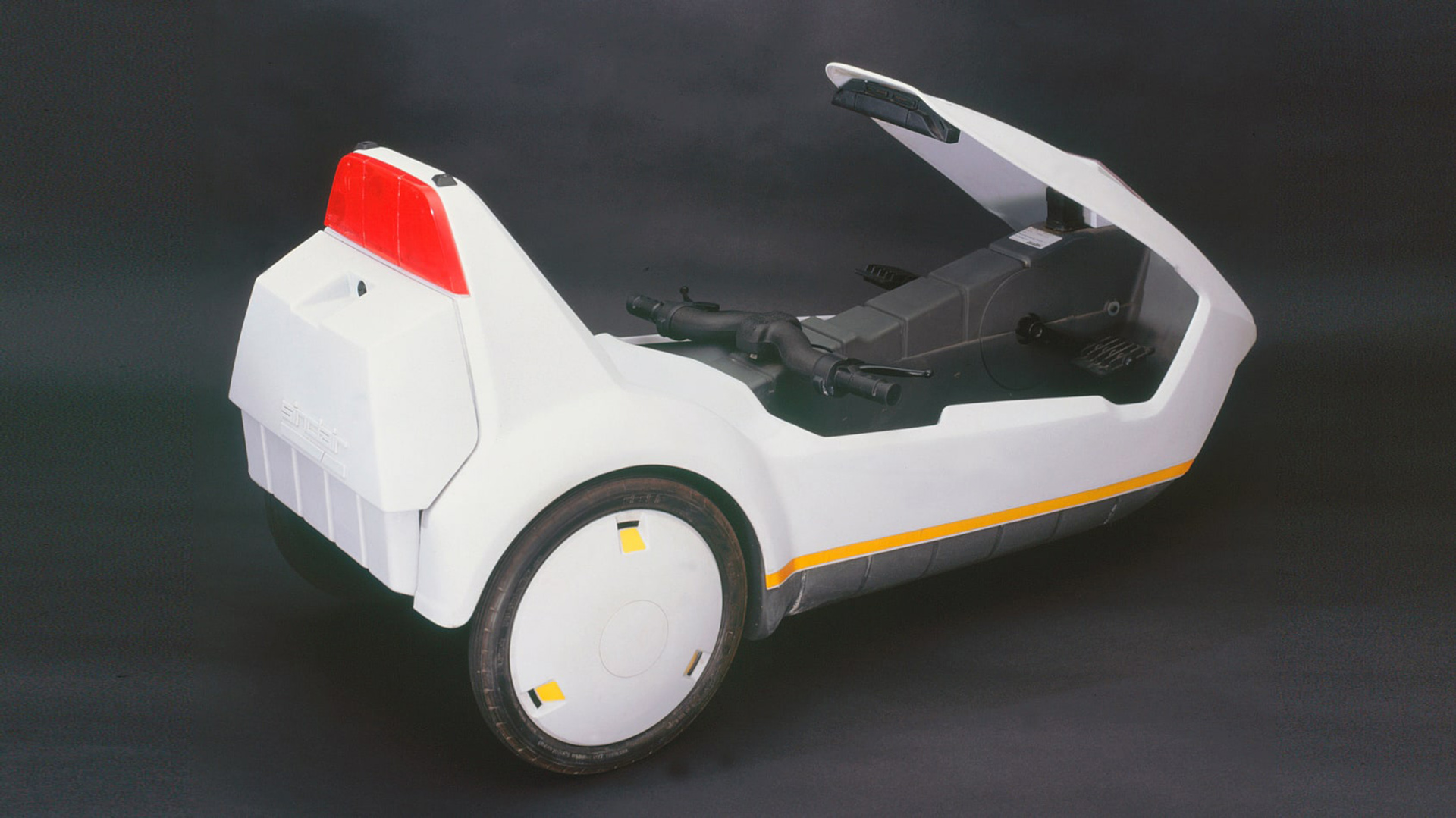The interest in urban e-mobility has exploded in recent years. You can see electric bikes and scooters in every town and city; electric skateboards, too. At the recent Munich Motor Show, a pair of electric bikes, one pure-electric, one pedal-assisted, were among its most important unveils.
But 36 years ago a freakishly intelligent but geeky-looking British inventor was trying to turn us onto similar ideas with less then ideal results. The problem was his C5 electrically-assisted recumbent trike was years ahead of its time, and, by most accounts, pretty terrible.
If you’re reading this from the left-hand side of the Atlantic, the name Clive Sinclair probably won’t mean anything. But if like me, you grew up in the UK in the 1980s, Sir Clive, who has died aged 81, was a cultural titan.
Sinclair made his name and his fortune in the early 1980s personal computer boom, though his exploits in the electronics business started much earlier. British kids wanting to play video games back in the 1980s tended to have either a Commodore 64 (64 denoting the size of the memory in kilobytes) or Clive’s 48k Sinclair Spectrum with its weird rubber keys, which could theoretically do grown up computer stuff like accounts, but I don’t remember anyone using them for anything that boring.
Related: The $21k Drycycle Is A Four-Wheel Bike That Thinks It’s A Car
Unfortunately, Sinclair’s next project wasn’t nearly so well thought out, or successful. The C5 was an e-trike, a three-wheeler with a laid-back seating position and handlebars located under your thighs. It was created with help from Lotus and was claimed to be capable of 15 mph (24 km/h) with the assistance of a 12-volt lead acid battery. Which wasn’t very fast considering you could go that quickly on a regular bike for a lot less than the £399 (£1240/$1720 in 2021 money) it cost.
Sinclair expected people to drive them on the road, rather than pathways, and this was in a time before cyclepaths became commonplace. But testers were freaked out by the low height, which potentially made riders invisible to cars. And Autocar’s Steve Cropley, who drove/rode C5s several times when new, tells how Sinclair’s bizarre decision to let media drive it in cold, damp January hardly helped. It was a major flop. Within eight months of its launch, the C5 was canned, and Sir Clive’s Sinclair Vehicles company was doomed with it.
The C5 was a joke for the next 30 years or more, and Sinclair’s name carried that baggage for the rest of his life. But looked at from a 2021 vantage point, it’s hard not to see that for all its problems, the C5’s biggest flaw was that it, and Clive Sinclair’s vision, was miles ahead of its time.







